Pizonia: characteristics, features of planting and care
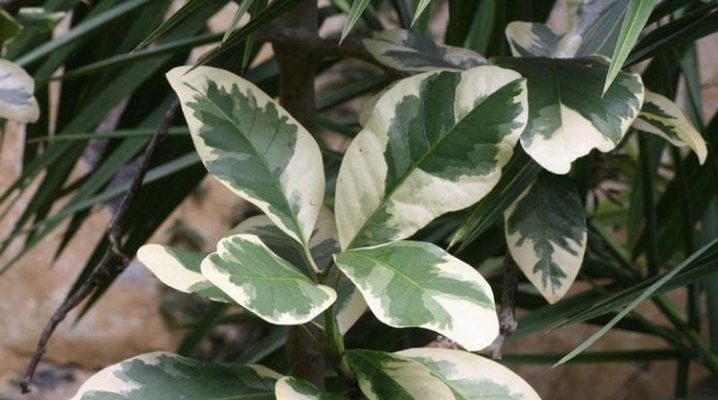
Among domestic gardeners, many are interested in the cultivation of exotic plants. This is a kind of "challenge" to yourself, a way to raise your professional level and practice new skills. A good option for such a "training" is the cultivation of pyzonia.
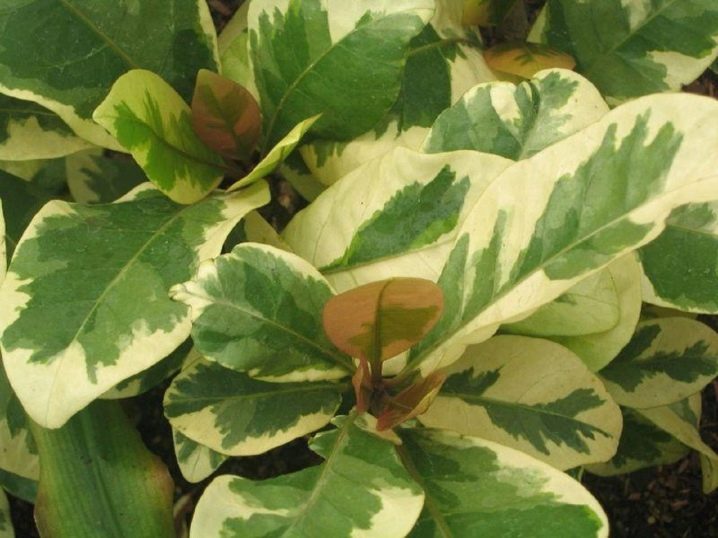
Peculiarities
This crop is unpretentious and can be grown without any problems. Pizonia is often mistaken for a ficus, because it has the same colored leaves, but experienced gardeners can easily spot a mistake. Pizonia branches intensively, but will not be able to grow to the same size as a large ficus.
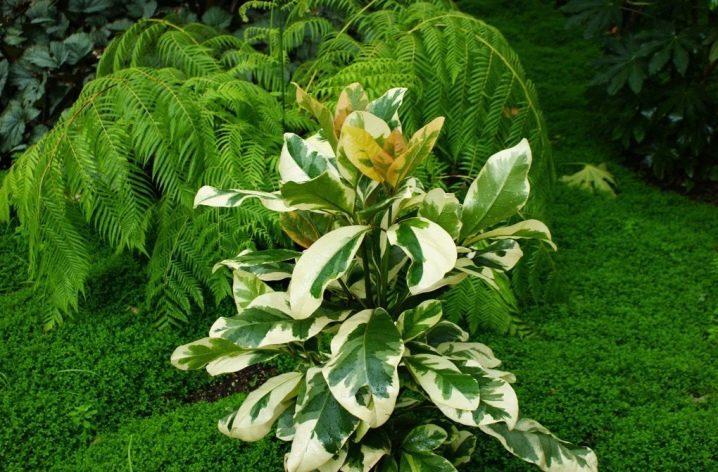
This plant comes from tropical regions. It grows naturally in New Zealand, Australian territory and Mauritius. The species got its name from the name of the discoverer - the Dutch botanist and naturalist Piso. Up to fifty species of pyzonia are known. The epithets of the bird-catcher and the bird-killing tree are not accidental.
A sticky substance collects on the fruits, which keeps insects and even small birds.
In a home environment, the flower develops best in a closed greenhouse or in a winter garden. But it is not necessary to create just such conditions, floor pots will also be a good choice. They are placed in any office or even in the hallway, while the plant can rise up to 2 m in height, and the crown sometimes reaches 1 m.

The development of pyzonia is slow: if several leaves appeared in a year, and the growth was 0.03 - 0.04 m, then this is completely normal. In most cases, the umbrella variety of pyzonia is used for culture. She belongs to the evergreen species. In the wild, an umbrella plant can grow up to 5 m, but it makes no sense to count on this at home.

The shoots of the umbrella species are strongly branched. The oblong foliage has a smooth surface, the length of individual leaves can reach 0.25 m. They are painted in a monotonous green color, an important distinguishing feature is a wavy border around the entire perimeter.
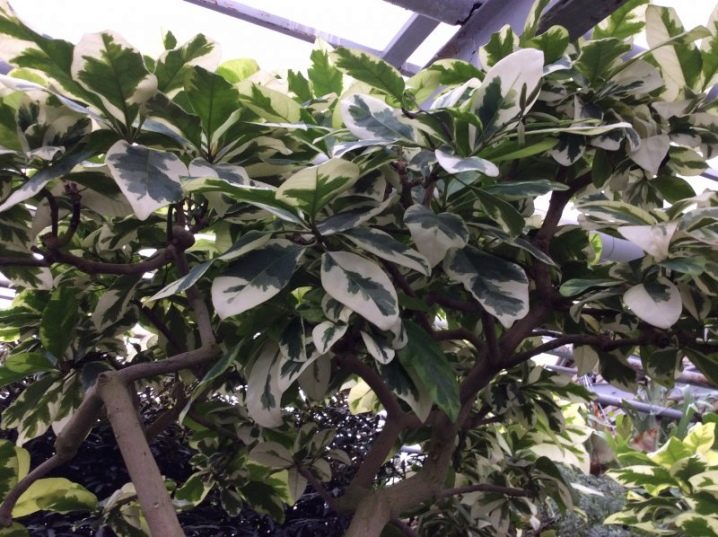
Pizonia variegata is often grown in pots. This species is more compact (no more than 1 m) and has variegated foliage. In young variegates, leaf plates are dark green. They are also covered with indistinct pink spots. Gradually they acquire a white or yellow tint.
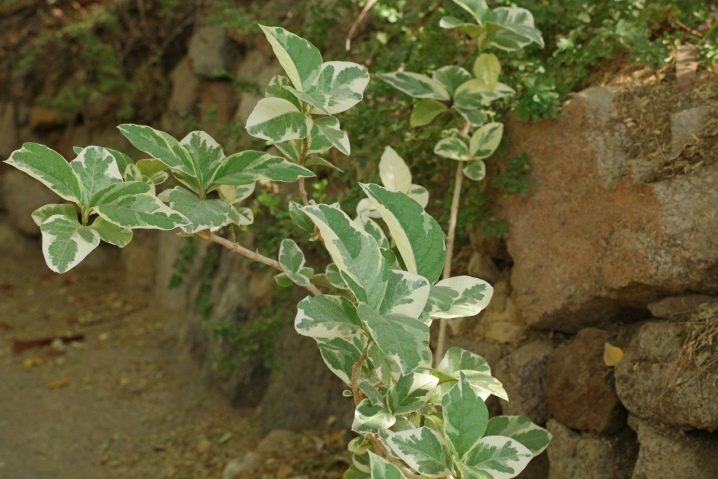
How to choose
Caring for pyzonia at home is not too difficult, but the basic measures must be followed strictly. Even when choosing a plant for planting, it is completely examined and checked for pests. Important: maximum attention is paid to the bottom of the sheet during inspection.
On the trunk, especially in the near-ground part, the slightest deposits of white or gray tint are unacceptable.
It is worth sniffing the substrate. If it is of poor quality, a rotten smell will almost inevitably appear. When buying pyzonia in winter, you must carefully protect it from the cold. The seedling is transported in paper or newspaper, but it is much better to use a thermal carrying bag.
At home, pyzonia is left alone for 5-8 days and only after that is transplanted into a permanent pot. Transshipment of soil is categorically not suitable. Experienced growers are advised to carefully clean the substrate from the roots. Only if these conditions are met can a good result be expected.

Growing
Pizonia bloom with the formation of small inflorescences. They can be yellow, white or pink in color. The tubular flowers exude a sweet scent.For your information: it is almost impossible to achieve flowering in the room. In a greenhouse, it already happens with old specimens. The fruits are quite long, covered with a sticky substance.
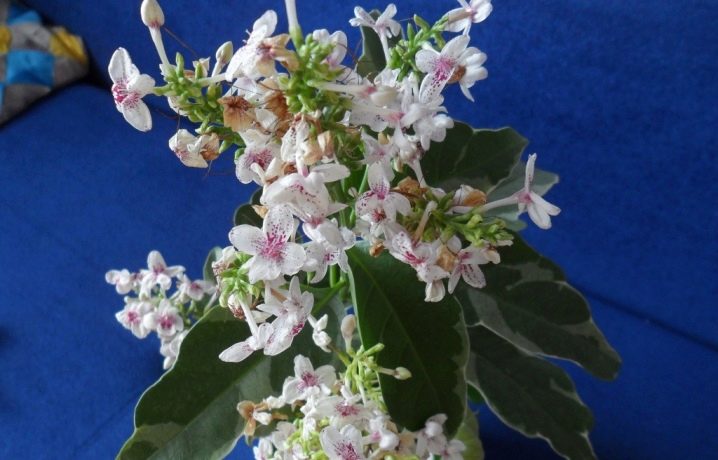
The slow growth of the plant eliminates the need for forming pruning. But sometimes, to force branching, pinch the tops of the trunk and branches.
Watering
Irrigation of the flower in the spring and summer months is done in moderation. The top third of the soil should dry completely before each watering. In winter, watering is reduced even more (subject to placement in cold places). Usually, then you have to pour water every 10 days. It is possible, without much harm to the pyzonia, to make an interval of 2 days more or less.
It is necessary to reduce the intervals between waterings if the foliage becomes sluggish. Excessive addition of water provokes souring of the earth and rotting of the roots.
Important: you cannot use tap water for pyzonia - this culture categorically does not tolerate chlorine. Before watering, the liquid should be carefully defended, and also make sure that it is not excessively cold.
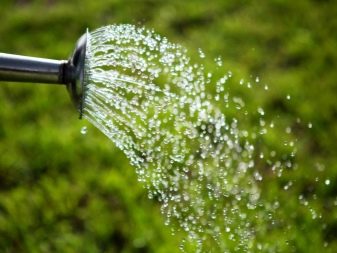
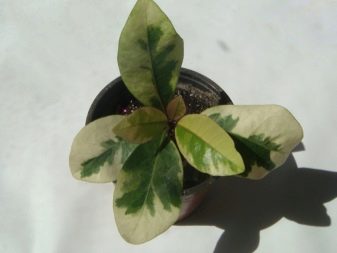
Temperature
Pizonia, even in the winter months, does not tolerate air cooling to less than 18 degrees. And during active development, both in early spring and in autumn (when the daylight hours are still long), a temperature of 20 degrees or more should be maintained. However, it must be borne in mind that excessive heat is harmful to the culture. She feels ideal at temperatures of 20-22 degrees. In such conditions, the plant is as beautiful as possible.
If it gets too hot, humidify the air. When growing pyzonia, even small drafts should be carefully avoided. And the simplest ventilation is required to be carried out as carefully as possible. In intense heat, spraying of the leaves is recommended. Regardless of the weather, regular wiping and polishing of foliage gives very good results.
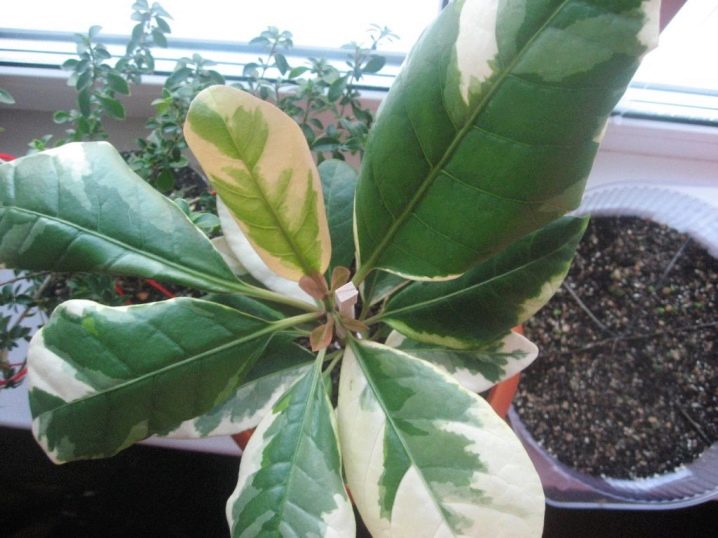
Transfer
Pizonia is planted in a universal soil, which should pass water and air well. When preparing the substrate yourself, you will have to mix equal parts:
- sand with coarse grains;
- good peat;
- leafy land.
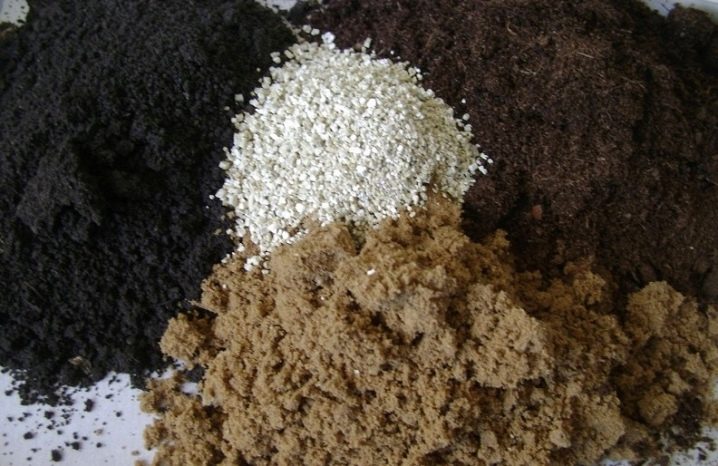
According to qualified growers, it is a good idea to add 0.03 kg of chopped pine bark to this mixture for each pot. The acidity of the soil should not be too high. At the very bottom, the pot is laid out with pieces of expanded clay or brick fragments. Since the roots of young pyzonia develop very powerfully, an annual transplant is recommended.
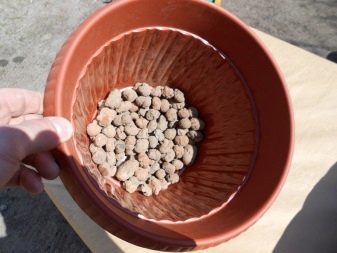

The beginning of spring is best suited for this.
Each next pot should be 0.02-0.03 m larger than the previous one. If the roots are still too long, they are shortened by about 30-50%. After the onset of 4 years, it is possible to transplant pyzonia less often. This procedure is usually performed after 24-36 months. The exact term is selected individually each time.
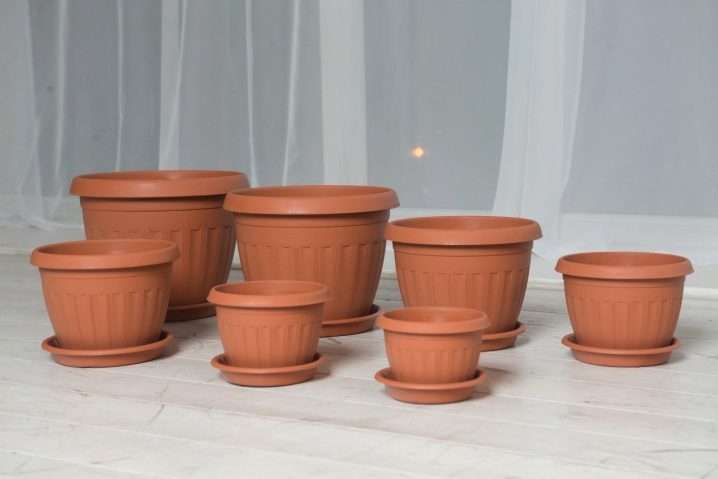
Diseases and pests
An exotic crop suffers from common pests that attack most indoor plants. The most frequent "aggressor" is the spider mite. To reduce the likelihood of its occurrence, you can humidify the air. A sign of an insect attack is a change in the color of the spots - they acquire a gray-brown color. When the cobweb has not yet appeared, the tick is expelled by rinsing abundantly with water (you do not need to feel sorry for it) with a sponge. If a cobweb has arisen, you will have to use factory insecticides.
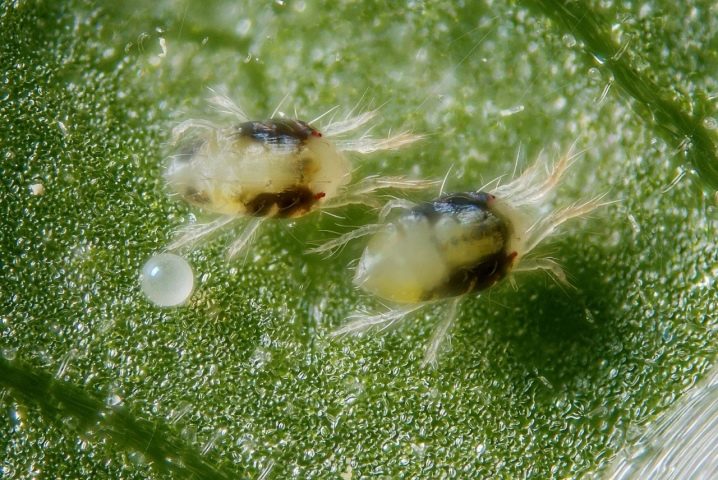
Noticing raised brown plaques, there is no doubt that it "works" scabbard... The affected flowers are maximally removed from the still healthy ones, and each leaf is immediately washed with soapy water. Then immediately use plant protection products.

Yellowing of the foliage starting from the edge indicates sunburn. In advanced cases, the pot is rearranged in partial shade. If the burns are relatively minor, you can limit yourself to protection from the bright daytime sun. But the lack of light is manifested in the crumbling of the foliage and the loss of the characteristic variegation. To cope with this, the pyzonia is rearranged closer to the window.

However, it is still impossible to expose it to direct sunlight.
"Birds" can have very contrasting patterns. In this case, it is placed in the brightest places. Experts recommend placing the flower on the east or west windowsill, equipping them with scattering screens. However, if there is no alternative, you can also contain pyzonia on the north window. It is advisable to try to orient the light at the top of the crown.
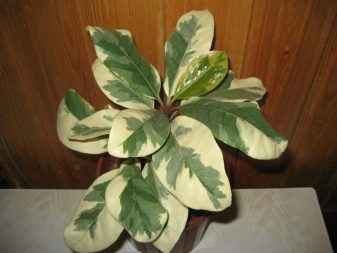
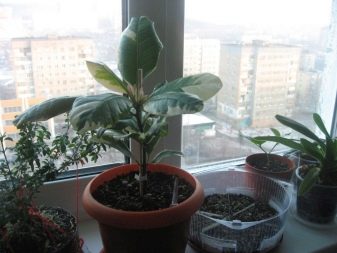
For how pizonia looks in its natural environment, see the video below.























The comment was sent successfully.